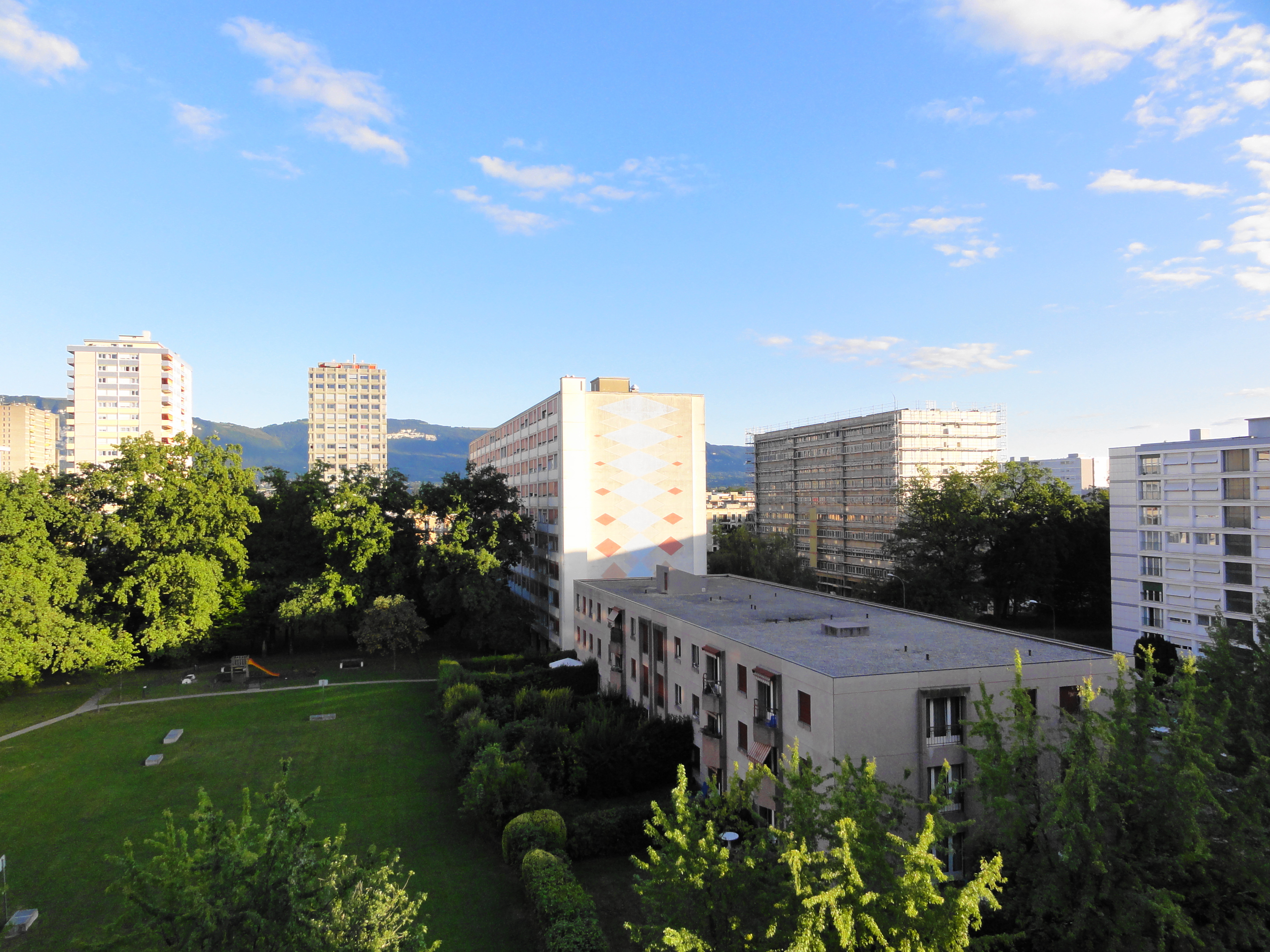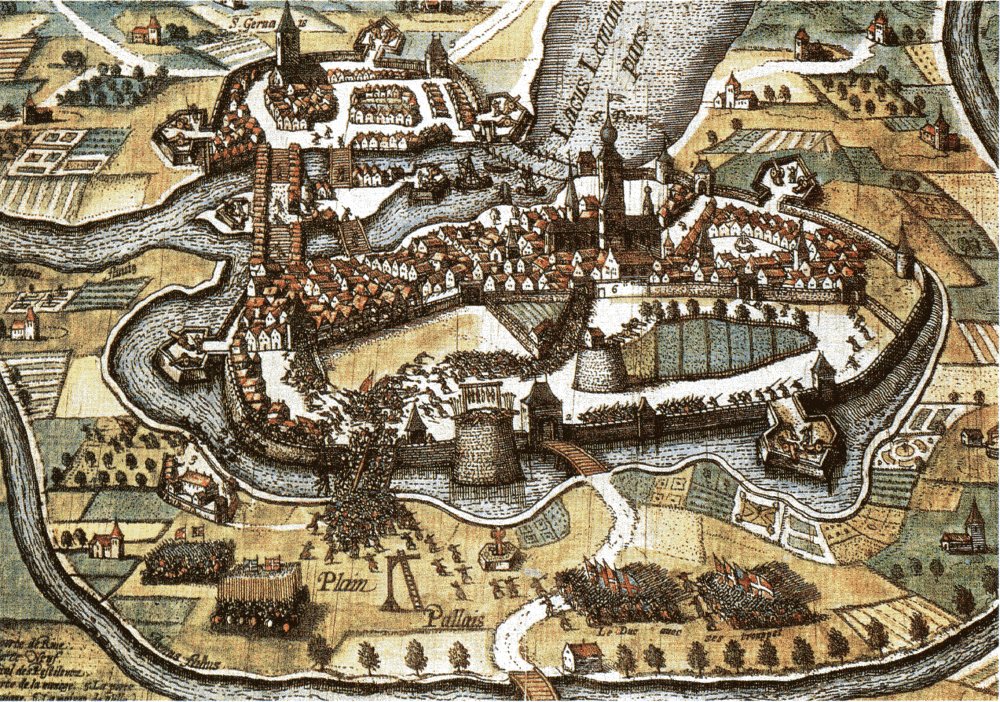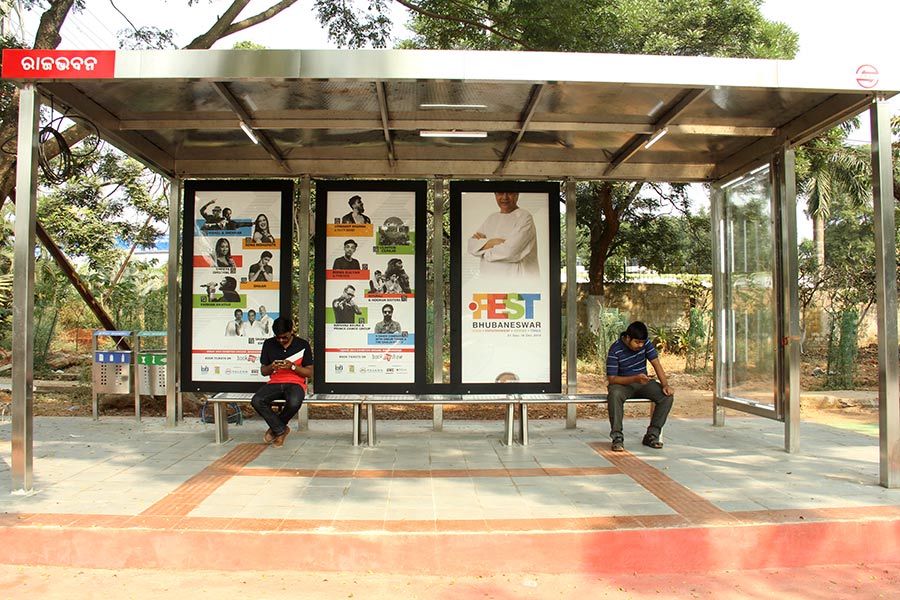|
Trolleybuses In Geneva
The Geneva trolleybus system (french: Réseau trolleybus de Genève) forms part of the public transport network in Geneva, Switzerland. It is the second largest trolleybus system in Switzerland, after the Lausanne system. Opened in 1942, the system supplements the Geneva tramway network. It is operated by ''Transports publics genevois'' (TPG), and currently also serves the neighbouring municipalities of Bernex, Cologny, Confignon, Le Grand-Saconnex, Lancy, Meyrin, Onex and Vernier. History Geneva's first trolleybus line, inaugurated on 11 September 1942, linked Champel with Le Petit-Saconnex, replacing the former tram line. Like the tramway network, it was operated by the ''Compagnie Genevoise des Tramways Électriques'' (CGTE). In subsequent years, other tram lines were closed and replaced with trolleybus lines: *in 1950, line 4; *in 1959, line 6; *in 1961, line 2. Additionally, two trolleybus lines replaced former bus lines: * in 1950, line 7 to Aïre; * in 1959 ... [...More Info...] [...Related Items...] OR: [Wikipedia] [Google] [Baidu] |
Van Hool
Van Hool NV () is a Belgian family-owned coachbuilder and manufacturer of buses, coaches, trolleybuses, and trailers. Most of the buses and coaches are built entirely by Van Hool, with engines and axles sourced from Caterpillar, Cummins, DAF and MAN and gearboxes from ZF or Voith. Some production involves building bus and coach bodies on separate bus chassis from manufacturers such as Volvo and Scania. Worldwide, Van Hool employs 4,500 people and manufactures more than 1,700 buses and coaches (bodyworks and complete vehicles combined) and 5,000 trailers each year. It sells an average of 600 coaches annually in the United States. History The company was founded in 1947 by Bernard van Hool in Koningshooikt, near Lier, Belgium. In the early years, the company introduced serial production and exported their products all over Europe. Since the mid-1980s, the company has also been active on the North American market. On February 15, 1957, Van Hool signed a commercial agree ... [...More Info...] [...Related Items...] OR: [Wikipedia] [Google] [Baidu] |
Onex, Switzerland
Onex (; frp, Ônèx) is a municipality in the canton of Geneva in Switzerland. History Onex is first mentioned in 1292 as ''Onay''. It became an independent municipality in 1851 when the municipality of Onex-Confignon split into the two municipalities of Onex and Confignon.Amtliches Gemeindeverzeichnis der Schweiz published by the Swiss Federal Statistical Office accessed 18 February 2011 Until the 1960s the municipality remained a relatively small agricultural village. This changed when, at the urging of the canton, it sold approximately to the Cité-Nouvelle Foundation to build . The Foundation built a number of nin ... [...More Info...] [...Related Items...] OR: [Wikipedia] [Google] [Baidu] |
Geneva Double-articulated Hess Trolleybus At Bel-Air (2017)
, neighboring_municipalities= Carouge, Chêne-Bougeries, Cologny, Lancy, Grand-Saconnex, Pregny-Chambésy, Vernier, Veyrier , website = https://www.geneve.ch/ Geneva ( ; french: Genève ) frp, Genèva ; german: link=no, Genf ; it, Ginevra ; rm, Genevra is the second-most populous city in Switzerland (after Zürich) and the most populous city of Romandy, the French-speaking part of Switzerland. Situated in the south west of the country, where the Rhône exits Lake Geneva, it is the capital of the Republic and Canton of Geneva. The city of Geneva () had a population 201,818 in 2019 (Jan. estimate) within its small municipal territory of , but the Canton of Geneva (the city and its closest Swiss suburbs and exurbs) had a population of 499,480 (Jan. 2019 estimate) over , and together with the suburbs and exurbs located in the canton of Vaud and in the French departments of Ain and Haute-Savoie the cross-border Geneva metropolitan area as officially defined by Eurostat, which ... [...More Info...] [...Related Items...] OR: [Wikipedia] [Google] [Baidu] |
Vossloh Kiepe
Kiepe Electric GmbH (formerly Vossloh Kiepe) is a German manufacturer of electrical traction equipment for trams, trolleybuses other road and rail transport vehicles, as well as air-conditioning and heating systems, and conveyor device components. Founded in 1906, it was known as Kiepe Elektrik GmbH until 2003, when it was renamed Vossloh Kiepe, following its acquisition by Vossloh AG. Vossloh sold the company to Knorr-Bremse in January 2017, and in May 2017 Knorr renamed it Kiepe Electric GmbH. History In 1906, Theodor Kiepe created an electric arc lamp repair workshop in Düsseldorf. Over the next 40 years the company's product range grew to include electrical switches, then electrical drum controllers and resistors for electric vehicles. By 1951, the product range included electro-pneumatic contactors, and traction motors; in 1952, the company supplied equipment for an order of 700 trolleybuses for Argentina. Between the 1950s and 1970s Kiepe Elektrik GmbH expanded, with form ... [...More Info...] [...Related Items...] OR: [Wikipedia] [Google] [Baidu] |
Geneva Trolleybus TPG 766 Hess BGT-2NC
Geneva ( ; french: Genève ) frp, Genèva ; german: link=no, Genf ; it, Ginevra ; rm, Genevra is the second-most populous city in Switzerland (after Zürich) and the most populous city of Romandy, the French-speaking part of Switzerland. Situated in the south west of the country, where the Rhône exits Lake Geneva, it is the capital of the Republic and Canton of Geneva. The city of Geneva () had a population 201,818 in 2019 (Jan. estimate) within its small municipal territory of , but the Canton of Geneva (the city and its closest Swiss suburbs and exurbs) had a population of 499,480 (Jan. 2019 estimate) over , and together with the suburbs and exurbs located in the canton of Vaud and in the French departments of Ain and Haute-Savoie the cross-border Geneva metropolitan area as officially defined by Eurostat, which extends over ,As of 2020, the Eurostat-defined Functional Urban Area of Geneva was made up of 93 Swiss communes and 158 French communesFederal Statistical Office ... [...More Info...] [...Related Items...] OR: [Wikipedia] [Google] [Baidu] |
Low-floor Bus
A low-floor bus is a bus or trolleybus that has no steps between the ground and the floor of the bus at one or more entrances, and low floor for part or all of the passenger cabin. A bus with a partial low floor may also be referred to as a low-entry bus or seldom a flat-floor bus in some locations. Low floor refers to a bus deck that is accessible from the sidewalk with only a single step with a small height difference, caused solely by the difference between the bus deck and sidewalk. This is distinct from high-floor High-floor describes the interior flooring of commuter vehicles primarily used in public transport such as trains, light rail cars and other rail vehicles, along with buses and trolleybuses. Interior floor height is generally measured above the ..., a bus deck design that requires climbing one or more steps (now known as step entrance) to access the interior floor that is placed at a higher height. Being low-floor improves the accessibility of the bus for the ... [...More Info...] [...Related Items...] OR: [Wikipedia] [Google] [Baidu] |
Electrical Equipment
Electric(al) devices are devices that functionally rely on electric energy ( AC or DC) to drive their core parts (electric motors, transformers, lighting, rechargeable batteries, control electronics). They can be contrasted with traditional mechanical devices which depend on different power sources like fuels or human physical strength. Electronic devices are a specialized kind of electrical devices in which electric power is predominantly used for data processing rather than the generation of mechanical forces. To better differentiate between both classes, electric devices that emphasize physical work are also called electromechanical. Mechatronics accentuates the intersection of both fields. Together, electronic and electric devices, their development, maintenance, and power supply comprise the subject of electrical engineering. The majority of electric devices in households is stationary and — due to their considerable power consumption — relies on electrical ins ... [...More Info...] [...Related Items...] OR: [Wikipedia] [Google] [Baidu] |
Bi-articulated Bus
A bi-articulated bus or double-articulated bus and sometimes train-bus or tram-bus is a type of high-capacity articulated bus with an extra axle and a second articulation joint, as well as extended length. Bi-articulated buses tend to be employed in high-frequency core routes or bus rapid transit schemes rather than in conventional bus routes. Design considerations Common bi-articulated buses resemble rail vehicles in design. They often have elevated train-type doors instead of traditional bus doors to use dedicated stations. Payment is typically made at a bus station using a fare gate rather than on the bus. Compared to using multiple smaller buses on a route, challenges using a bi-articulated bus include: * difficulties maneuvering in traffic * an increased turning radius * the need to have extended length station platforms * reduced frequency of service (one larger bus every 10 minutes rather than two regular sized buses coming once every 5 minutes) * less flexibility for ... [...More Info...] [...Related Items...] OR: [Wikipedia] [Google] [Baidu] |
Articulated Bus
An articulated bus, also referred to as a banana bus, bendy bus, tandem bus, vestibule bus, wiggle wagon, stretch bus, or an accordion bus, (either a motor bus or trolleybus) is an articulated vehicle used in public transportation. It is usually a single-decker, and comprises two or more rigid sections linked by a pivoting joint (articulation) enclosed by protective bellows inside and outside and a cover plate on the floor. This allows a longer legal length than rigid-bodied buses, and hence a higher passenger capacity (94–120), while still allowing the bus to maneuver adequately. Due to their high passenger capacity, articulated buses are often used as part of bus rapid transit schemes, and can include mechanical guidance. Articulated buses are typically long, in contrast to standard rigid buses at long. The common arrangement of an articulated bus is to have a forward section with two axles leading a rear section with a single axle, with the driving axle mounted on e ... [...More Info...] [...Related Items...] OR: [Wikipedia] [Google] [Baidu] |
Bus Stop
A bus stop is a place where buses stop for passengers to get on and off the bus. The construction of bus stops tends to reflect the level of usage, where stops at busy locations may have shelters, seating, and possibly electronic passenger information systems; less busy stops may use a simple pole and flag to mark the location. Bus stops are, in some locations, clustered together into transport hubs allowing interchange between routes from nearby stops and with other public transport modes to maximise convenience. Types of service For operational purposes, there are three main kinds of stops: Scheduled stops, at which the bus should stop irrespective of demand; request stops (or flag stop), at which the vehicle will stop only on request; and hail and ride stops, at which a vehicle will stop anywhere along the designated section of road on request. Certain stops may be restricted to "discharge/set-down only" or "pick-up only". Some stops may be designated as "timing poin ... [...More Info...] [...Related Items...] OR: [Wikipedia] [Google] [Baidu] |
Cointrin
Geneva Airport ,, german: Flughafen Genf, it, Aeroporto di Ginevra, rm, Eroport de Genevra formerly and still unofficially known as Cointrin Airport, is the international airport of Geneva, the second most populous city in Switzerland. It is located northwest of the city centre. It surpassed the 15 million passengers mark for the first time in December 2014. The airport serves as a hub for Swiss International Air Lines and easyJet Switzerland. It features a route network of flights mainly to European metropolitan and leisure destinations as well as some long-haul routes to North America, China and the Middle East, amongst them Swiss International Air Lines' only long-haul service (to New York–JFK) outside of Zürich. The airport lies entirely within Swiss territory, however, its northern limit runs along the Swiss–French border and the airport can be accessed from both countries. The freight operations are also accessible from both countries, making Geneva a European Un ... [...More Info...] [...Related Items...] OR: [Wikipedia] [Google] [Baidu] |
Aïre
Aïre is a small locality in the Canton of Geneva. It is on the North bank of the river Rhone. It is near Le Lignon, a 1km long block of flats. Tourist information Aïre is run by the mairie in Vernier Village. Aïre's postcode is 1219. It has one restaurant, the Taverne du Valais. The main roads are: Avenue d'Aïre, Route d'Aire and Chemin des Sellières, where stands the Taverne du Valais. Aïre is about 5km from the centre of Geneva. There is also a paper shop with a cafe, superette and post office on the Route d'Aïre, but most necessities can be found in the Lignon shopping centre. Education Three public schools, ''École d'Aïre,'' ''École des Libellules'' ''and Cycle d'Orientation du Renard'' serve ''moyenne'' and ''élémentaire'' levels. Sports Football FC Aïre-Le-Lignon is an amateur football club created in 1964, affiliated with the Association Cantonale Genevoise de Football (ACGF). The club has a small bar, two main football pitches, and one small one. T ... [...More Info...] [...Related Items...] OR: [Wikipedia] [Google] [Baidu] |




_TP2726_@_Curtin_University_Bus_Station_(cropped).jpg)




